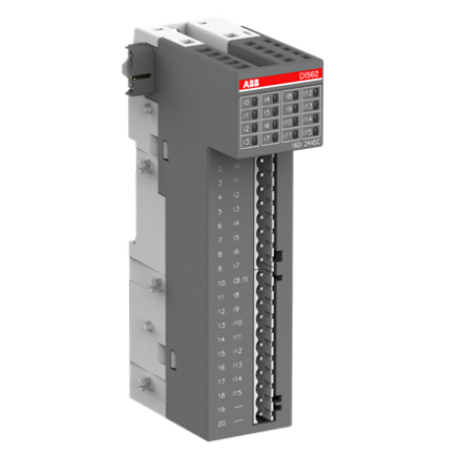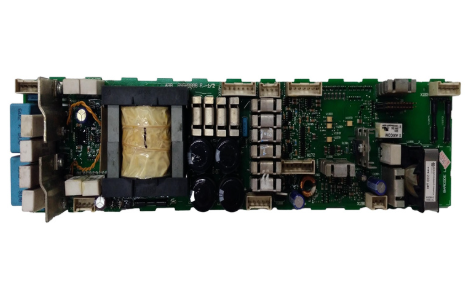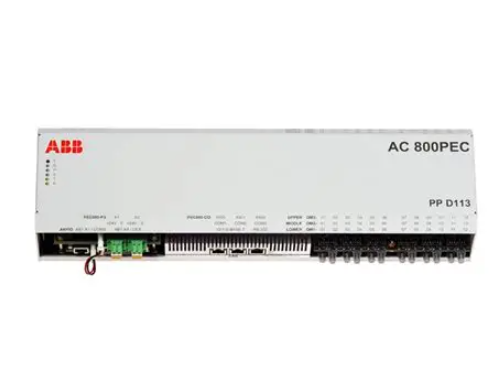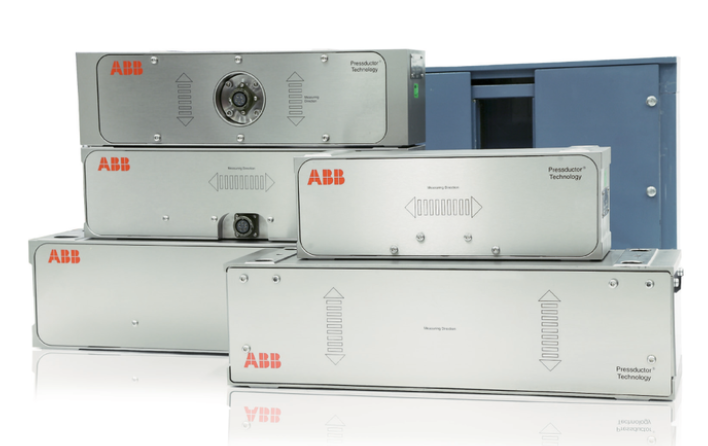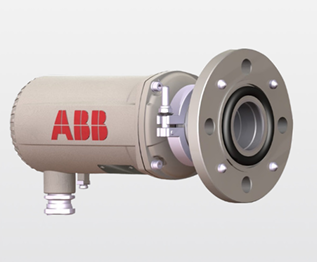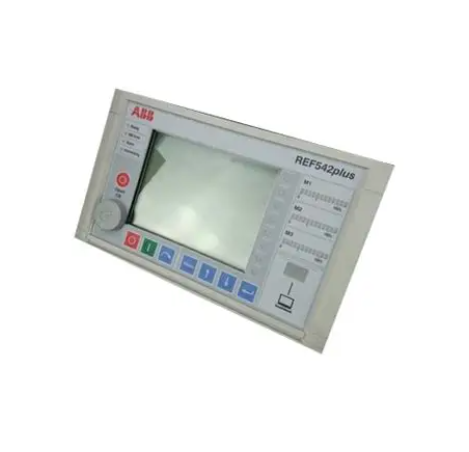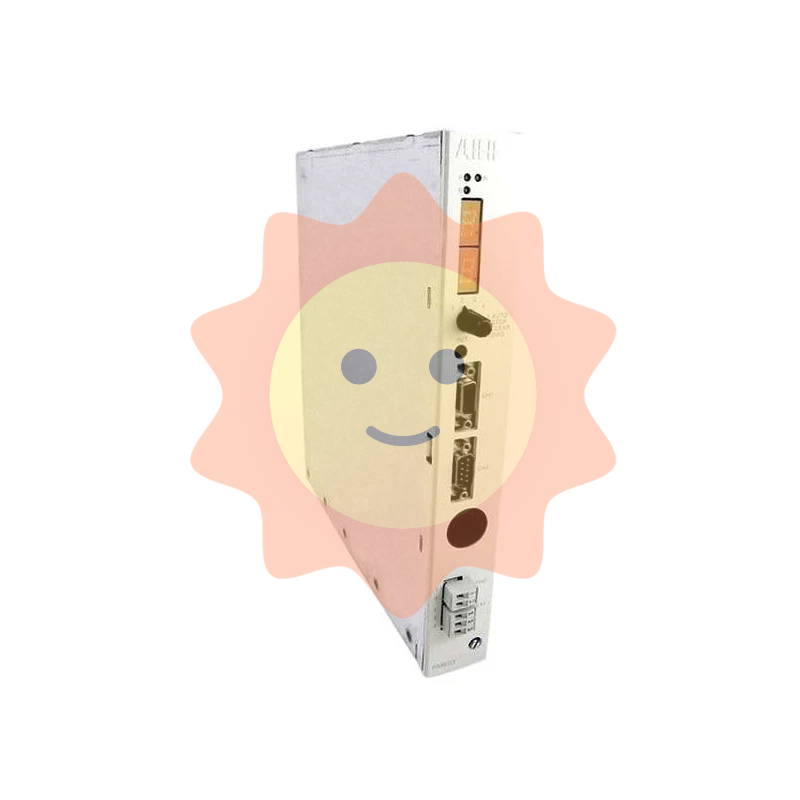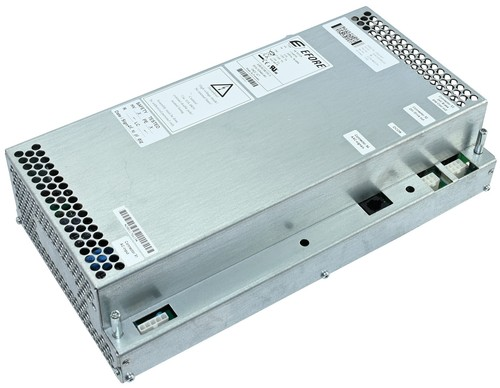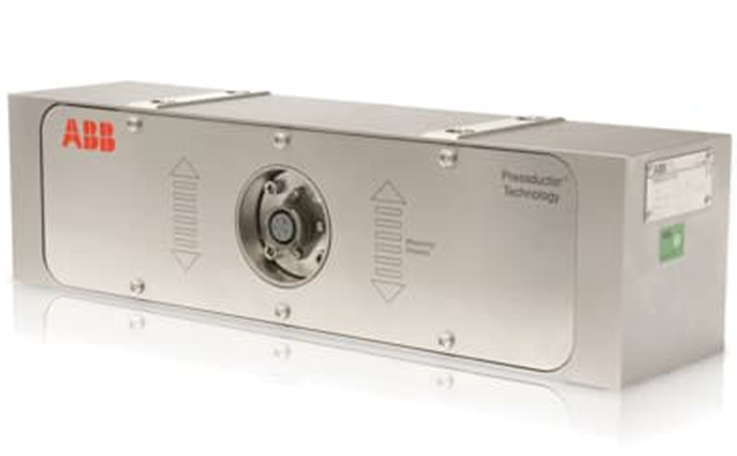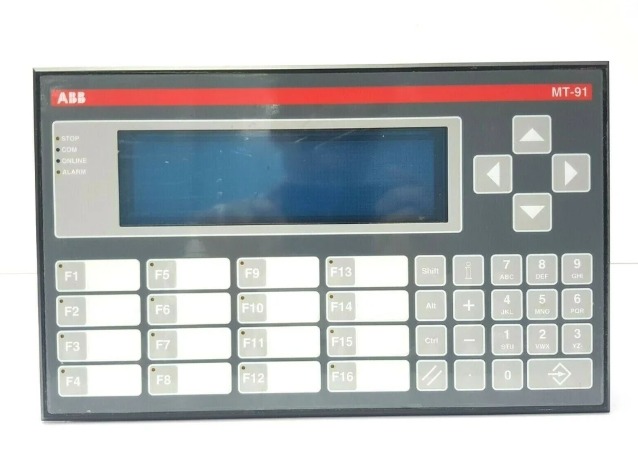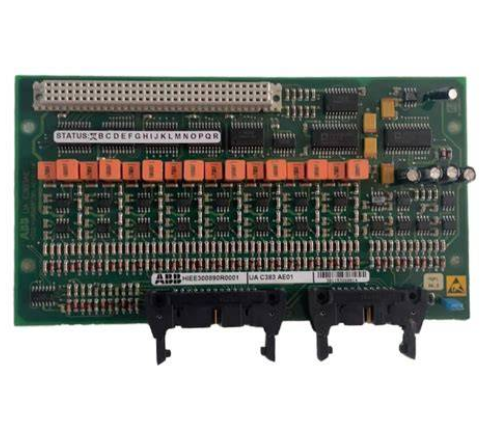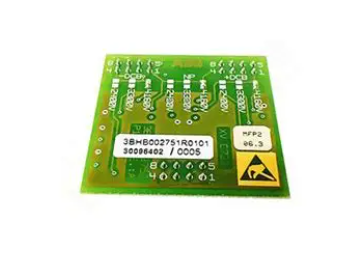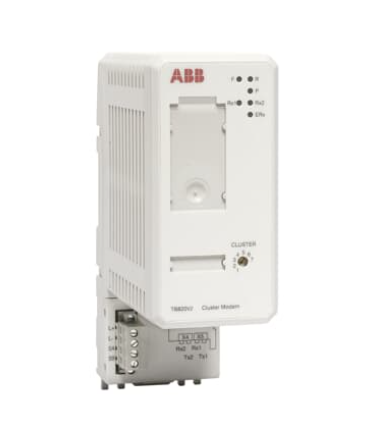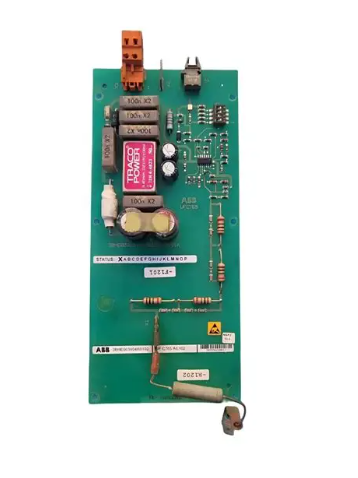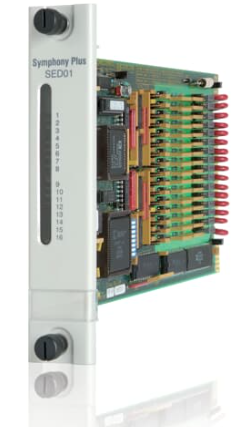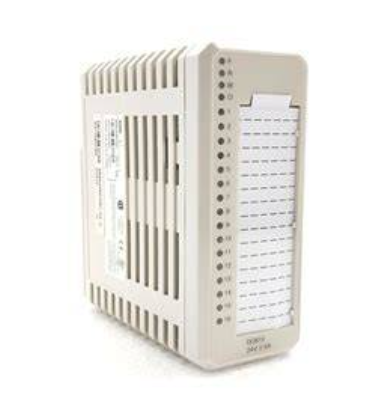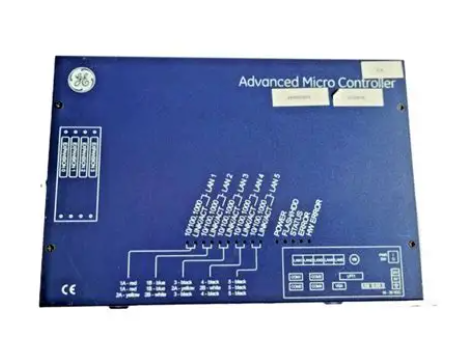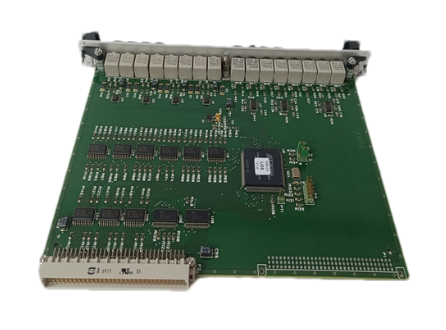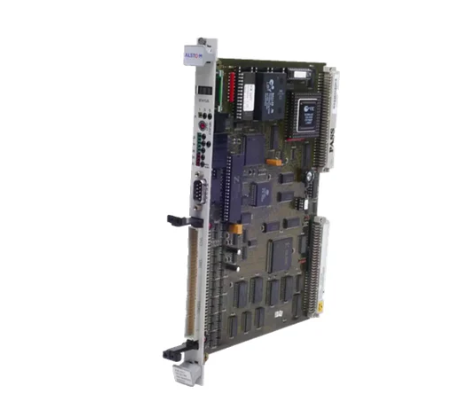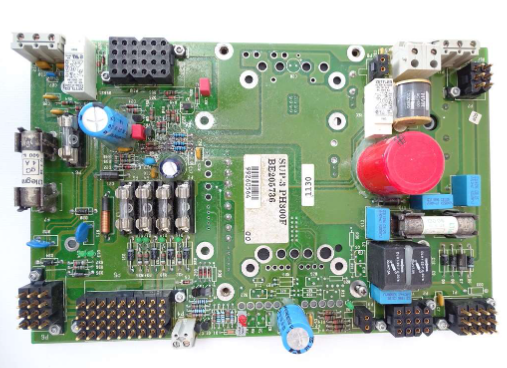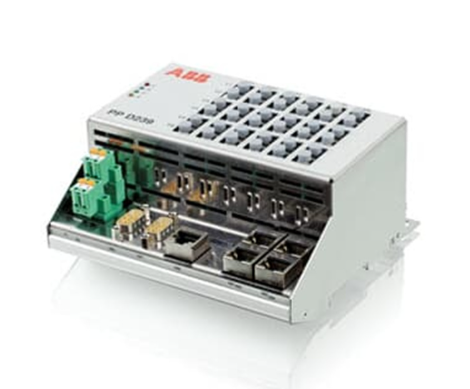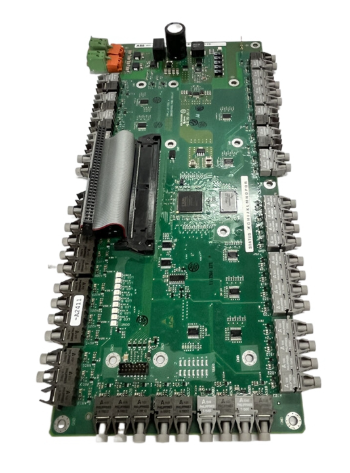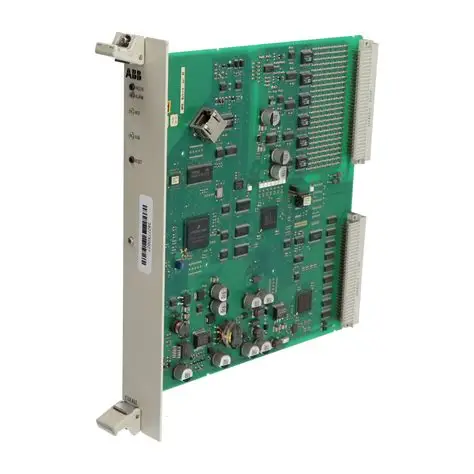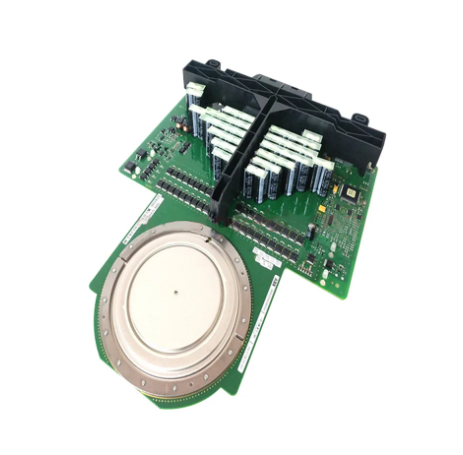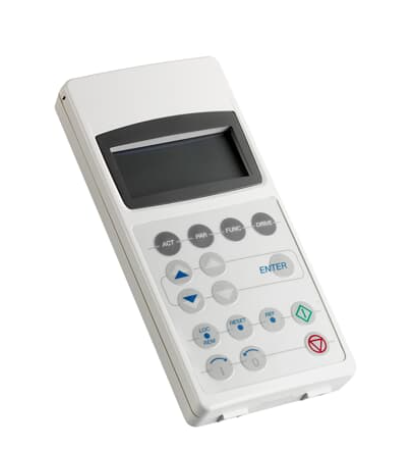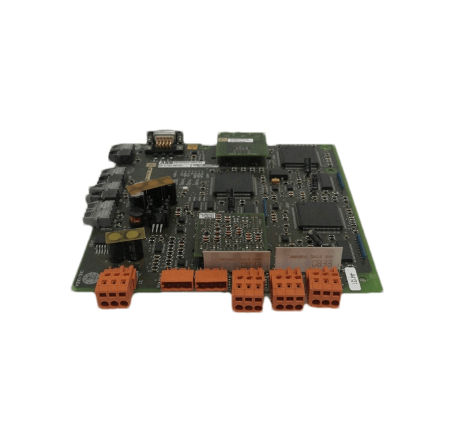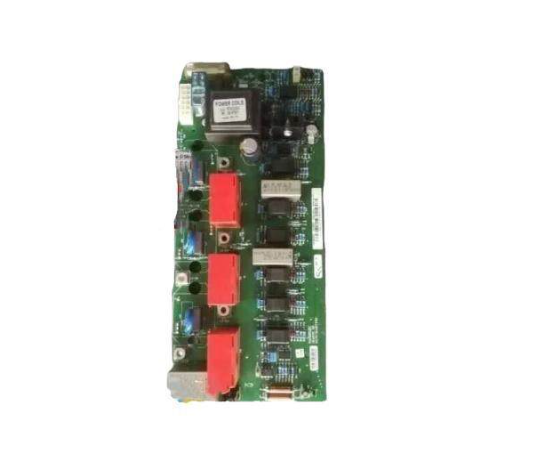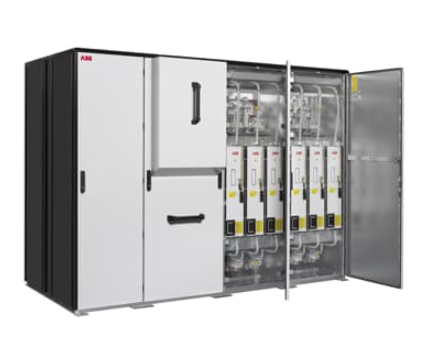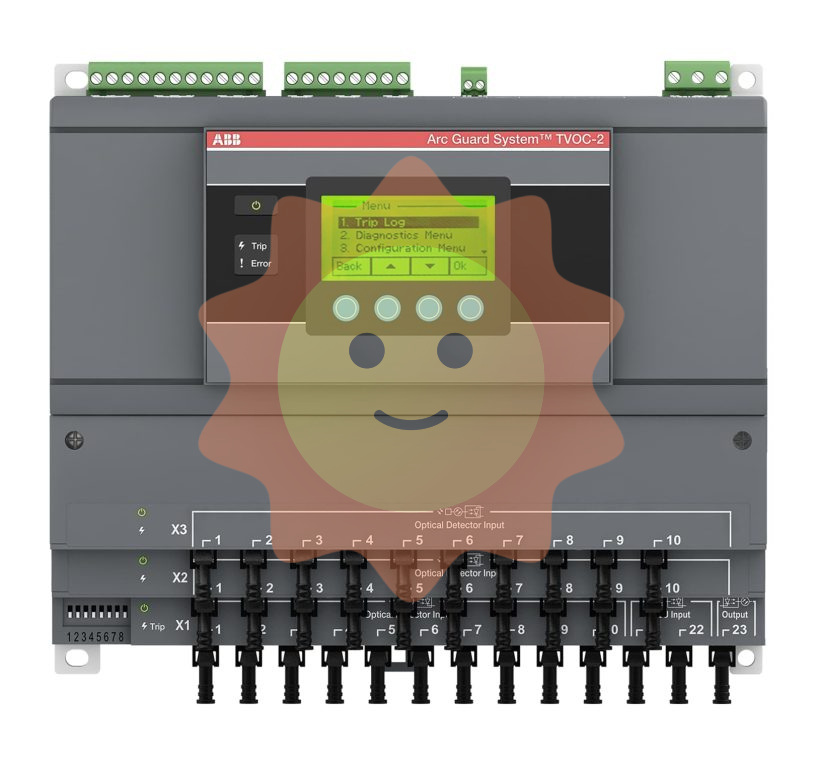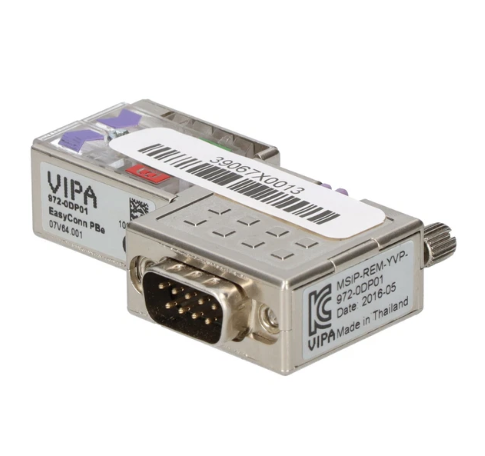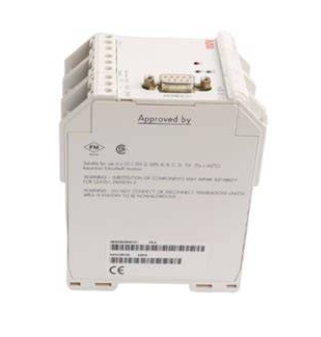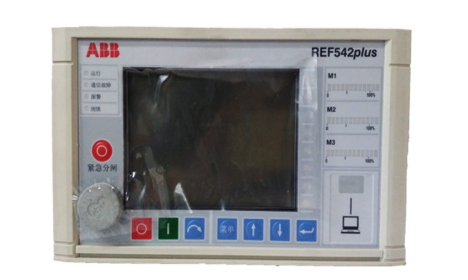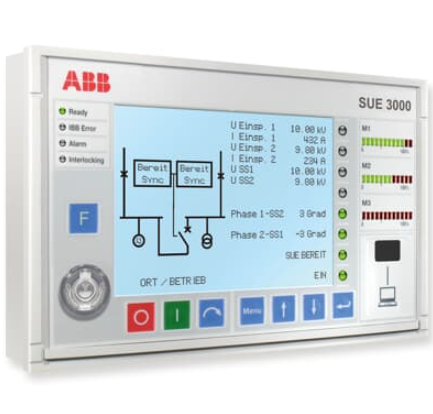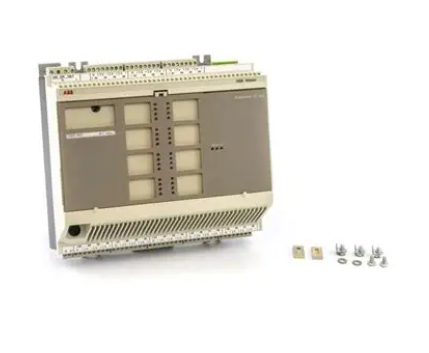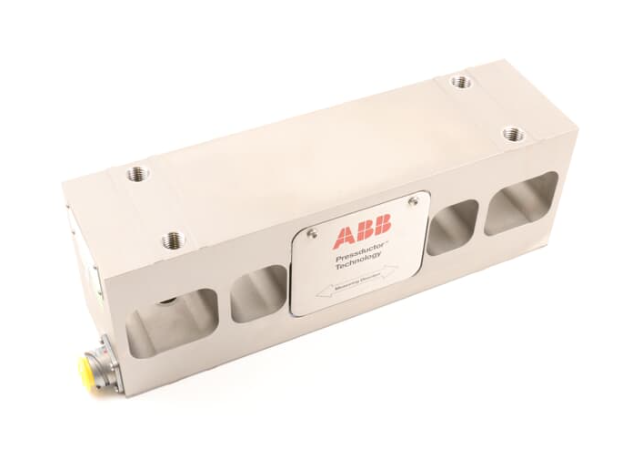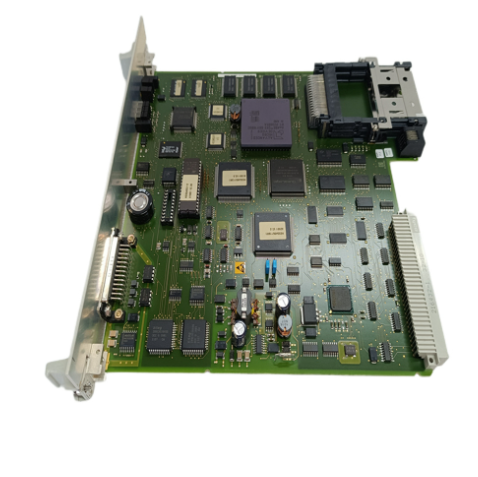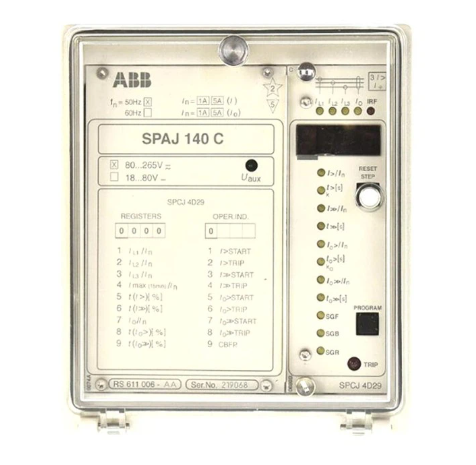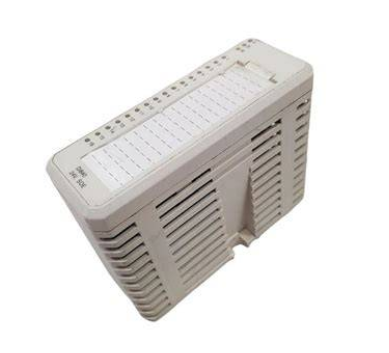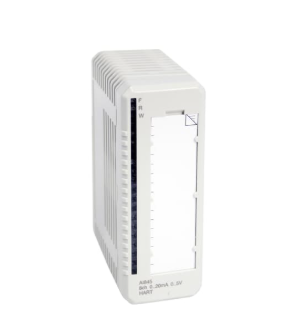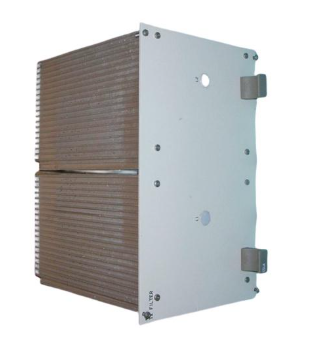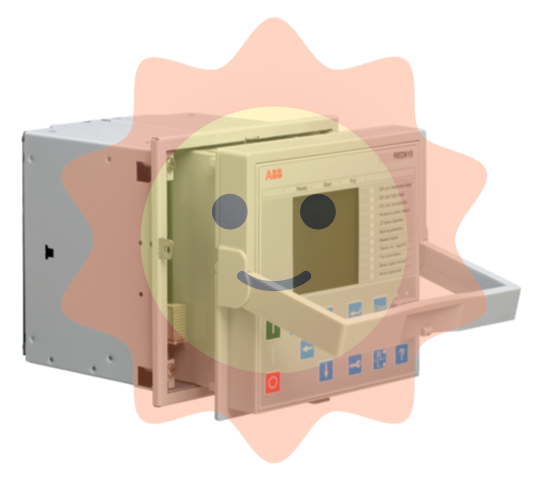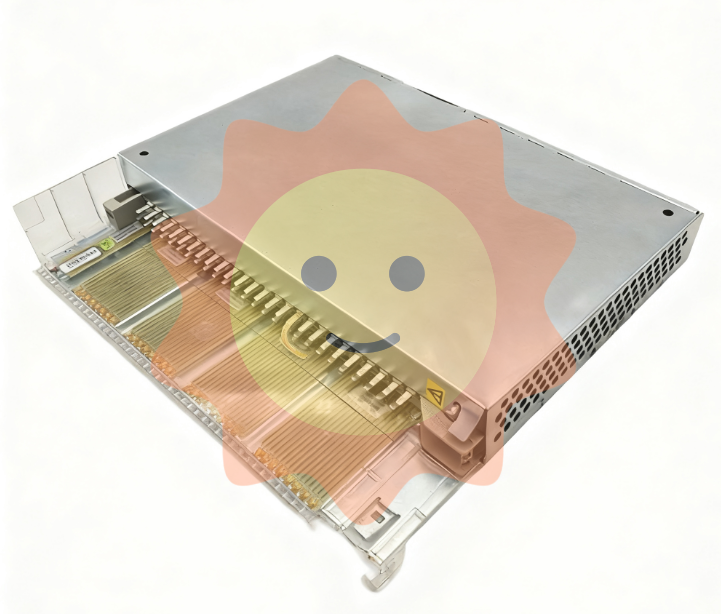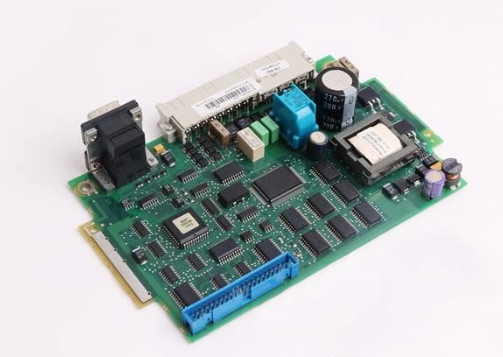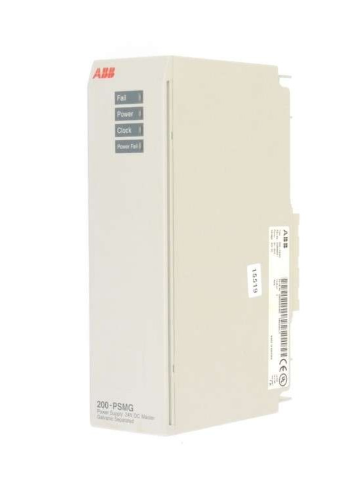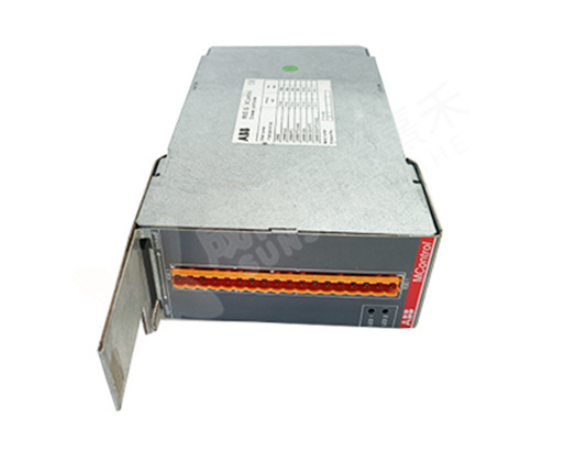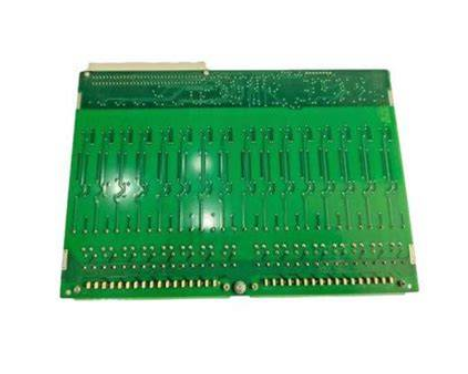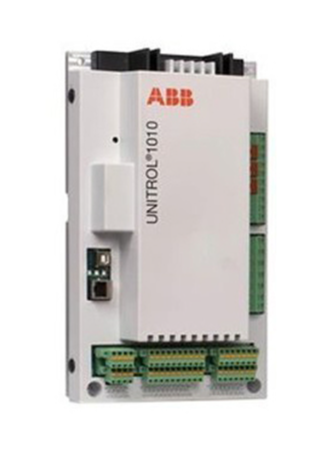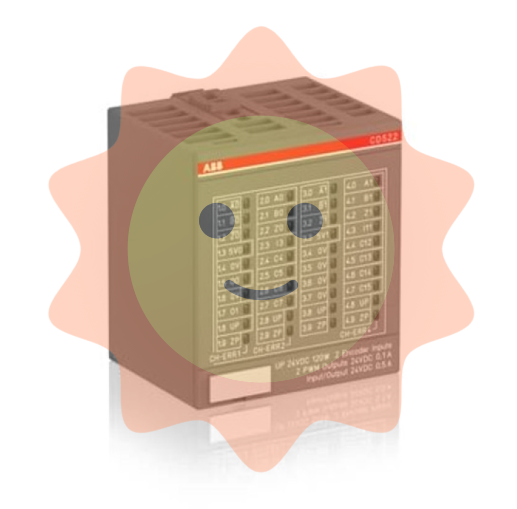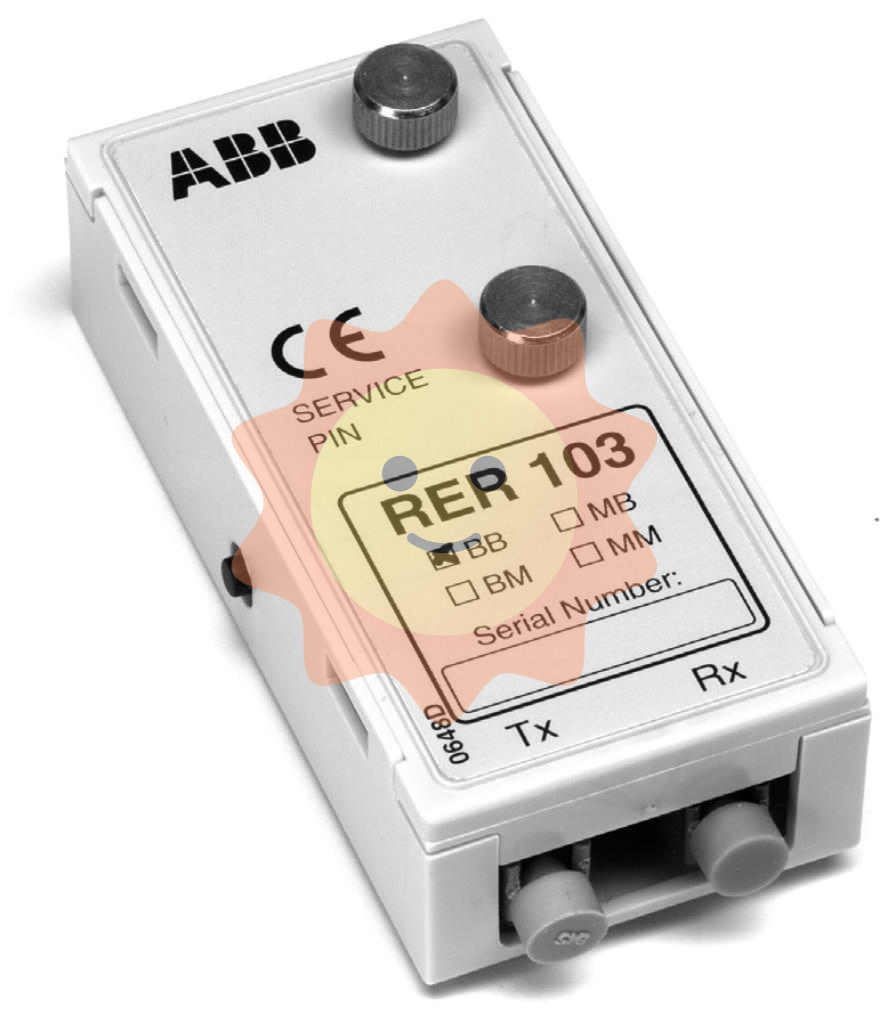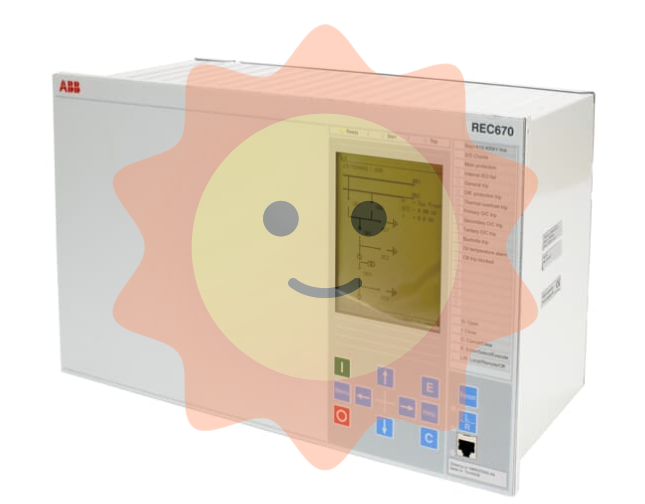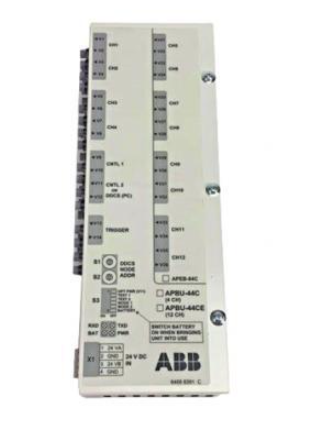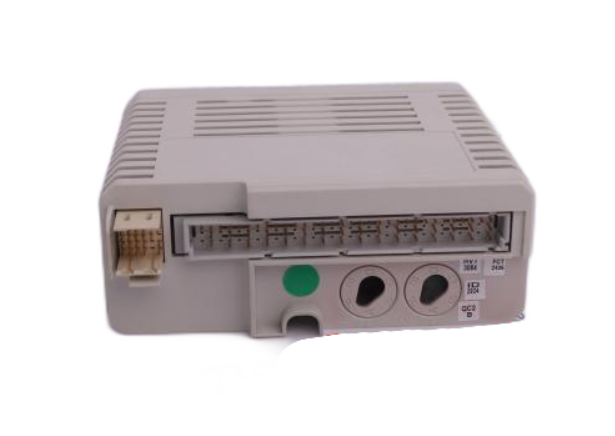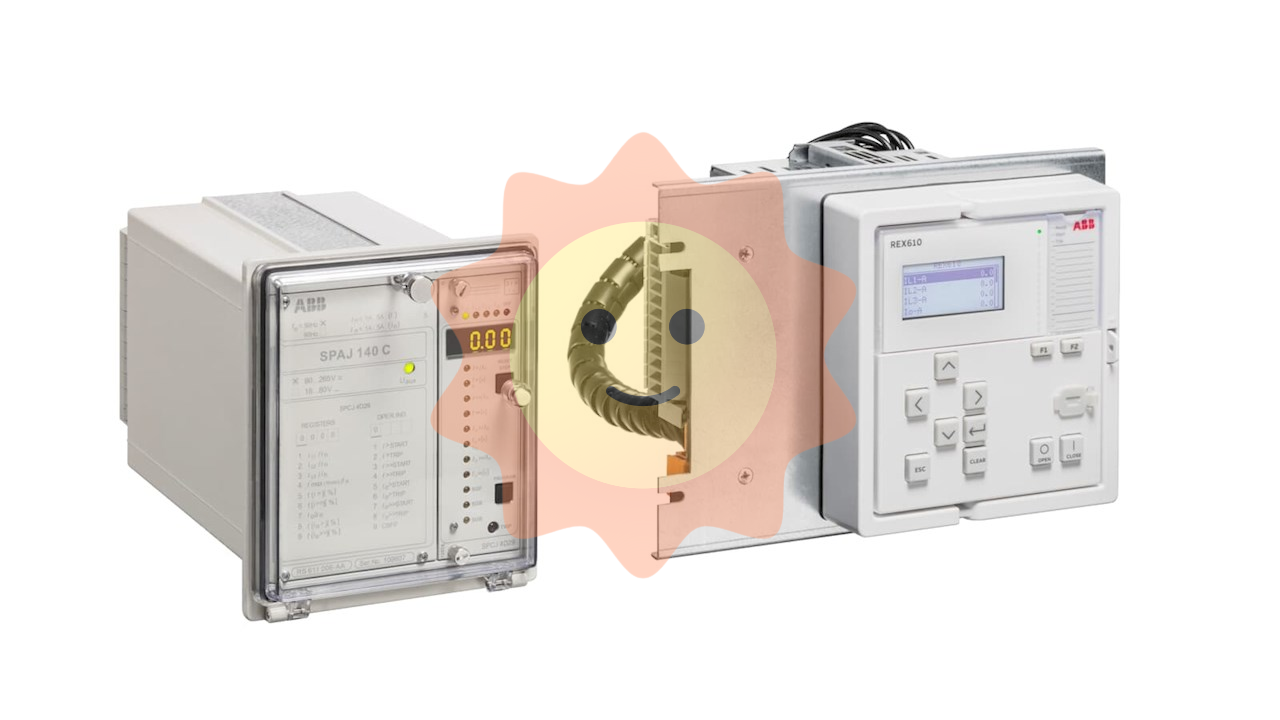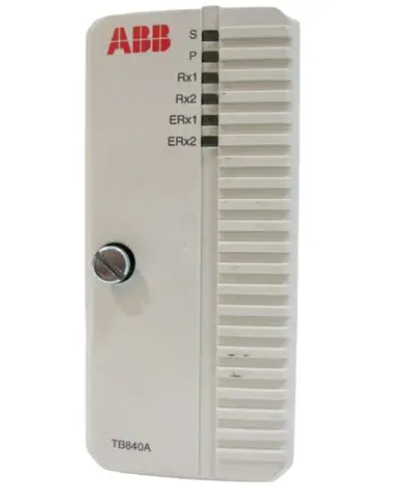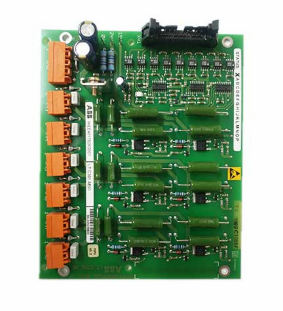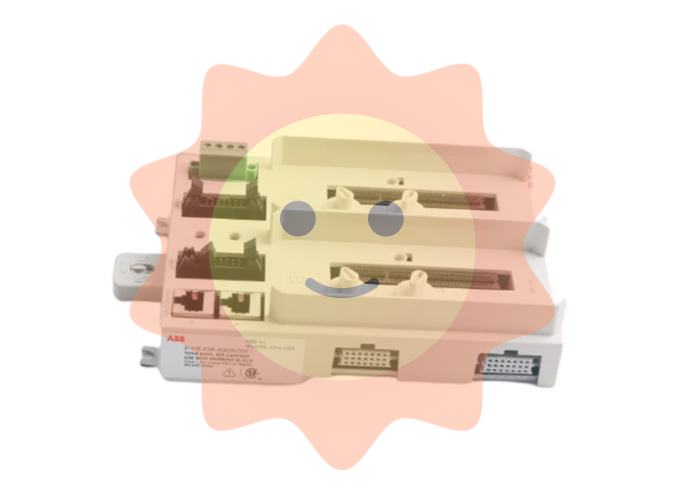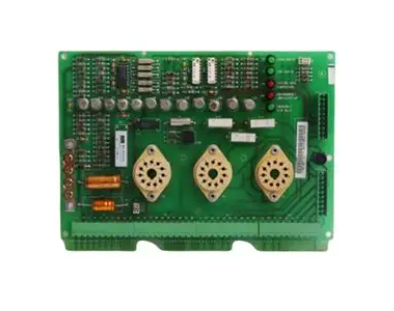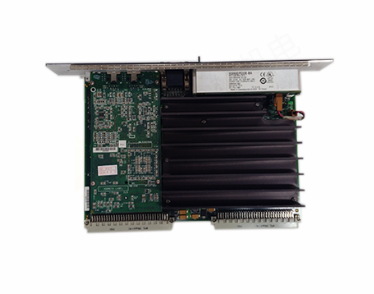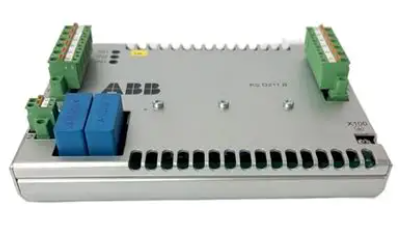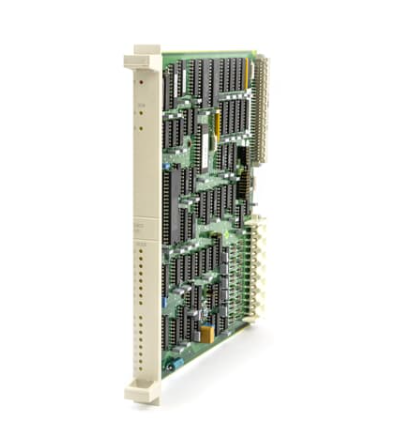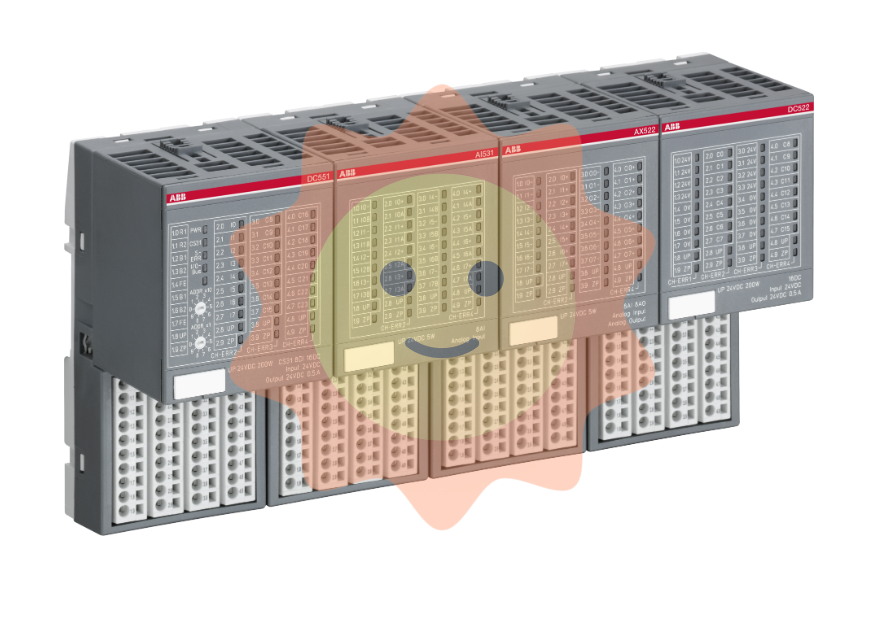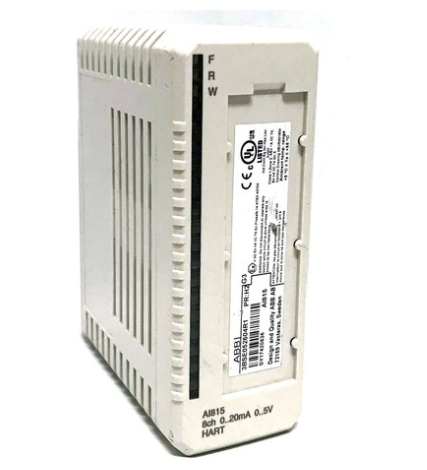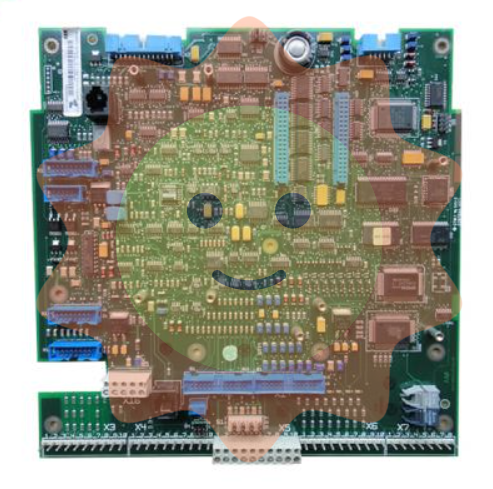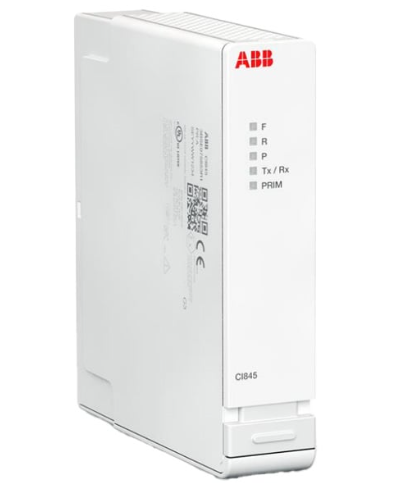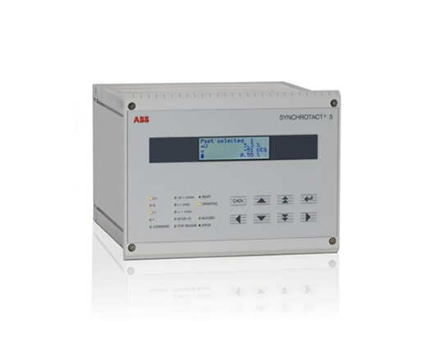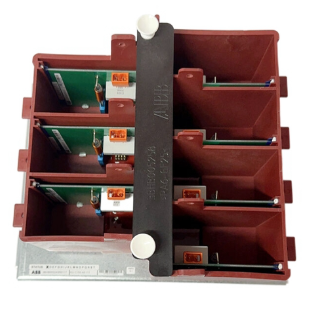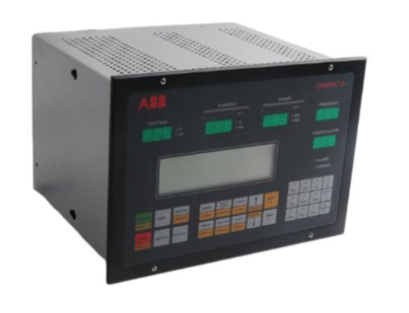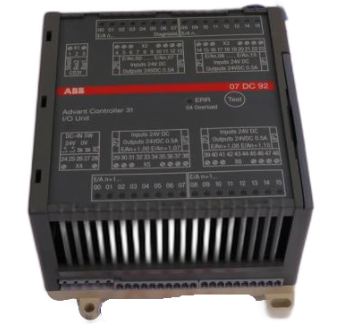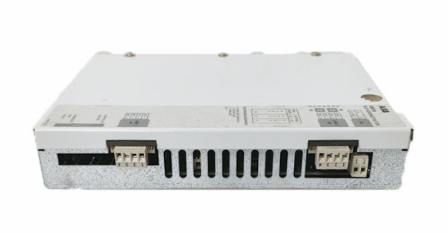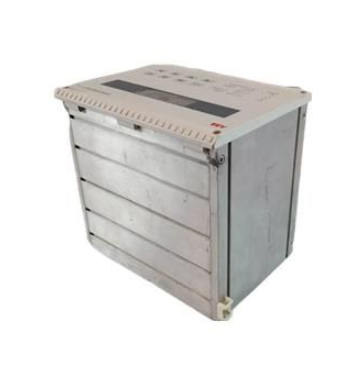ABB XO16N1-B20 XO16N1-C3.0 digital logic module
ABB XO16N1-B20 XO16N1-C3.0 digital logic module
Product Overview
The ABB XO16N1-B20 and XO16N1-C3.0 digital logic modules are key components designed specifically for industrial automation control systems, mainly used to implement logical processing and output control of digital signals. They can receive digital signals from controllers or other devices, process the signals through internal preset logic programs, and output the processed results in the form of digital signals to control the operation of various actuators, such as relays, solenoid valves, indicator lights, etc., ensuring that industrial production processes are executed accurately according to predetermined logical sequences and control requirements.
Specification parameters
(1) Number of channels
Both modules are equipped with 16 digital output channels, which can simultaneously control 16 different devices or actuators, meeting the demand for digital output points in small and medium-sized industrial automation projects. Both simple production line control and complex equipment logic control can provide sufficient output channel resources.
(2) Electrical parameters
Voltage Range: XO16N1-B20 and XO16N1-C3.0 typically support a working voltage of DC 24V, adapting to common industrial DC power standards and ensuring power compatibility with most industrial control systems.
Output current: Each channel can provide a certain driving current, for example, the output current of a single channel can reach 0.5A or higher, which can directly drive some small relays, indicator lights and other loads. The specific output current capability may vary among different versions or models.
Isolation feature: It has electrical isolation function, effectively preventing external electrical interference from affecting the internal circuit of the module, and improving the stability and reliability of the module's operation. At the same time, it can also prevent module failures from causing damage to other devices, ensuring the safe operation of the entire control system.
(3) Physical characteristics
Size and Installation: Adopting a compact design with a small volume, it is easy to install in various control cabinets or equipment chassis. The standard DIN rail installation method is usually supported. Simply insert the module into the rail and fix it in place to complete the installation. The operation is simple and fast, saving installation space and time.
Environmental adaptability: It can work stably within a certain temperature and humidity range, with a working temperature range of -25 ℃ to+60 ℃ and a relative humidity range of 5% -95% (without condensation). This wide range of environmental adaptability makes it suitable for various industrial site environments, including harsh workplaces such as high temperature and humidity.
Core functions
(1) Digital Logic Processing
The module is equipped with rich logical operation functions, which can perform basic logical operations such as AND, OR, NOR, XOR on input digital signals, as well as complex temporal logic processing. Users can customize the logic program of modules through programming software according to their actual industrial control needs, achieving diversified control logic and meeting the requirements of different production processes.
(2) Stable signal output
Capable of outputting stable and reliable digital signals to ensure accurate control of actuators. Whether it is continuously outputting high-level or low-level signals, or switching signals according to specific timing, it can ensure the stability and accuracy of the signal, avoid equipment misoperation caused by signal fluctuations, and ensure the stable operation of industrial production processes.
(3) Status monitoring and feedback
Equipped with status monitoring function, it can monitor the working status of each output channel in real time and display it intuitively through LED indicator lights. When a channel malfunctions or is abnormal, the corresponding LED indicator light will light up or flash in a specific way, making it convenient for operators to quickly locate the fault point. Meanwhile, some models of modules also support feedback of channel status information to the control system, facilitating remote monitoring and fault diagnosis.
(4) Communication function
Supports multiple communication protocols, such as Modbus RTU, Profibus DP, etc., and can communicate with main controllers such as PLC and DCS (Distributed Control System). Through communication connections, the main controller can read the working status of modules in real time, modify logical program parameters, achieve remote control and centralized management of modules, and improve the intelligence and management efficiency of industrial automation systems.
Working principle
When the digital logic module is connected to the industrial automation control system, it first receives digital signals from the main controller or other devices. These signals enter the internal circuit through the input interface of the module, undergo signal conditioning and isolation processing, and are transmitted to the logic operation unit. The logical operation unit performs corresponding logical operation processing on the input signal according to the logic program pre programmed by the user.
- EMERSON
- Honeywell
- CTI
- Rolls-Royce
- General Electric
- Woodward
- Yaskawa
- xYCOM
- Motorola
- Siemens
- Rockwell
- ABB
- B&R
- HIMA
- Construction site
- electricity
- Automobile market
- PLC
- DCS
- Motor drivers
- VSD
- Implications
- cement
- CO2
- CEM
- methane
- Artificial intelligence
- Titanic
- Solar energy
- Hydrogen fuel cell
- Hydrogen and fuel cells
- Hydrogen and oxygen fuel cells
- tyre
- Chemical fiber
- dynamo
- corpuscle
- Pulp and paper
- printing
- fossil
- FANUC
- Food and beverage
- Life science
- Sewage treatment
- Personal care
- electricity
- boats
- infrastructure
- Automobile industry
- metallurgy
- Nuclear power generation
- Geothermal power generation
- Water and wastewater
- Infrastructure construction
- Mine hazard
- steel
- papermaking
- Natural gas industry
- Infrastructure construction
- Power and energy
- Rubber and plastic
- Renewable energy
- pharmacy
- mining
- Plastic industry
- Schneider
- Kongsberg
- NI
- Wind energy
- International petroleum
- International new energy network
- gas
- WATLOW
- ProSoft
- SEW
- wind
- ADVANCED
- Reliance
- YOKOGAWA
- TRICONEX
- FOXBORO
- METSO
- MAN
- Advantest
- ADVANCED
- ALSTOM
- Control Wave
- AB
- AMAT
- STUDER
- KONGSBERG
- MOTOROLA
- DANAHER MOTION
- Bently
- Galil
- EATON
- MOLEX
- Triconex
- DEIF
- B&W
- ZYGO
- Aerotech
- DANFOSS
- KOLLMORGEN
- Beijer
- Endress+Hauser
- MOOG
- KB
- Moxa
- Rexroth
- YAMAHA


Email:wang@kongjiangauto.com




